Flying Cars Are Racing Toward Certification. But Will the Sector Ever Really Take Off?

“You can have freeways in the air and eventually you’re going to have the goddamned sky full of automobiles,” said Molt Taylor in a 1988 interview with the Longview Daily News. “It has to happen.”
Taylor, an aerospace engineer who in 1949 launched the two-seat Aerocar, never lived to see his prophecy. His flying car, reportedly both road- and air-worthy, came close to mass production several times. But in the end, Taylor built just six, the two survivors sold on eBay or housed in air museums.
More from Robb Report
This Electric Flying Car Could Take You to Work Next Year-and Then Fit in Your Garage
This Flying Car Just Wowed the Detroit Auto Show. It Could Be in the Skies by 2025.
The dream of a Jetsons-like existence, with a flying car as the main transport, has been with us for more than the 75 years since the Aerocar made its first flight. It has been enshrined in movies as diverse as Back to the Future, Total Recall, and Blade Runner. Even the comedy Spaceballs had a beat-up, flying RV.
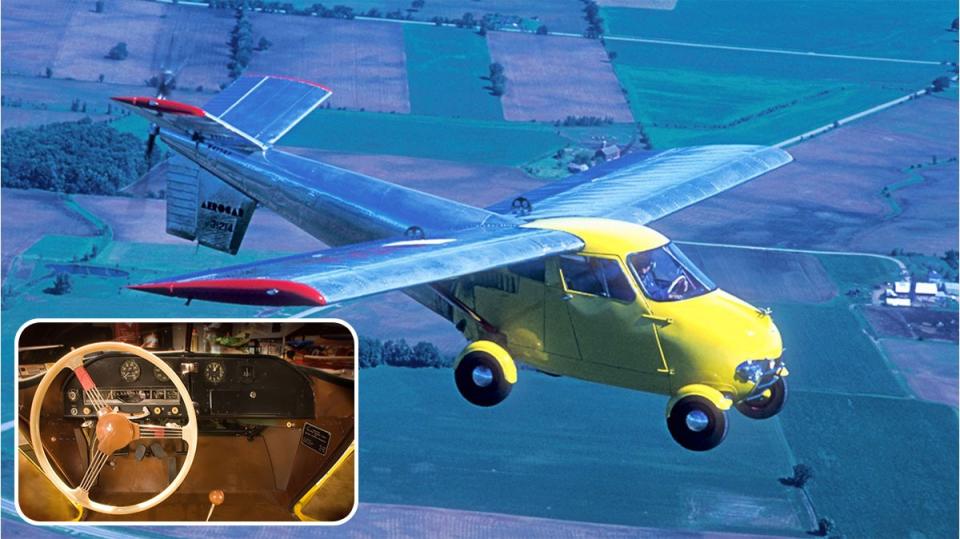
Taylor’s prediction of flying cars buzzing above crowded urban areas may actually happen within the next decade. But those aircraft will most likely be electric air taxis, most with vertical takeoff and landing capabilities, to supplement mass transit rather than being just personal transport. These electric vertical takeoff and landing (eVTOL) craft are part of the fast-moving Urban Air Mobility movement.
EVTOL makers like Joby, Vertical Aerospace and Archer have raised billions by going public and are partnering with major automakers, while another, Supernal, is a subsidiary of the Hyundai Motor Group, which has promised the start-up long-term financial backing. All are investing heavily in battery research, aircraft design, futuristic factories for mass production, and the development of vertiports and other landing facilities in urban areas.
The flying-car segment, by contrast, comprises mom-and-pop companies, without the deep pockets. They are moving cautiously, with progress across the smaller sector being wild uneven. Their goal is to introduce “roadable” aircraft, with foldout wings and dual-purpose engine systems, that can drive from one’s home to local airports and take off. While two have shuttered their businesses, two others are fast approaching certification.
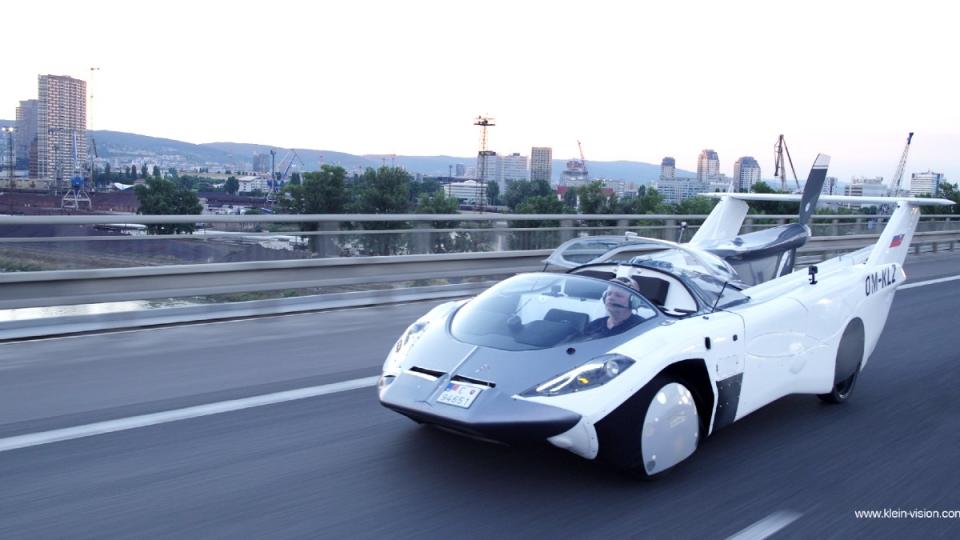
Klein Vision is one of the leaders. Cofounder Anton Zajac recalls seeing an American car for the first time as a boy in the late 1960s in Cuba with his father. Knowing only Communist Czechoslovakia, Zajac recalls thinking that the big, shiny 1950s automobiles represented freedom.
In 2016, Zajac, by then a successful entrepreneur, bought into a 21st century vision for the flying car after meeting his soon-to-be business partner, Stefan Klein. An inventor and design engineer, Klein had been involved in automotive research with Audi, Volkswagen, and BMW. He had also earlier founded and then exited another flying car maker called AeroMobil. Klein Vision’s four-wheeled, street-legal AirCar resembles an Italian hypercar but with retractable wings and a spoiler. It can hit 100 mph on the road and fly at 186 mph to an 18,000-foot ceiling—all on regular unleaded.
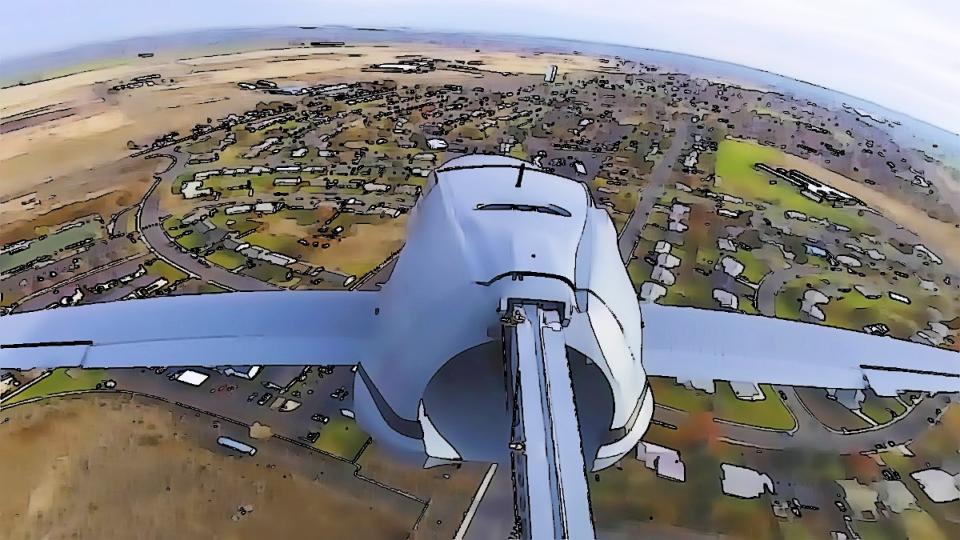
Having received an air-worthiness certificate from the CAA, the Slovakian equivalent of the FAA, the AirCar will be priced between $500,000 and $1 million. Its projected commercial launch is in 2025. The company recently signed a licensing deal with Chinese company Hebei Jianxim Flying Car Technology Co. to manufacture and distribute certified flying cars using Klein Vision’s technology within China. (China, attempting to portray itself as a global technology leader, also certified the first eVTOL, the autonomous, two-person e-Pal EH216-S for commercial use in April.)
Klein Vision plans to open offices in the USA and Europe but has no fixed timeline. The long-term plan is to gain certification in Europe and then build three- and four-seat variations, as well as a twin-engine model, and even an amphibious version.
Zajac also foresees participation in the air-taxi market, especially since the AirCar won’t be restricted to vertiports. “You can enter a flying car almost anywhere in a city and travel from point A to point B,” he says. “How many drones can you land on one roof? There is also no need for additional infrastructure because you could utilize public and private airstrips for takeoff and landing.”
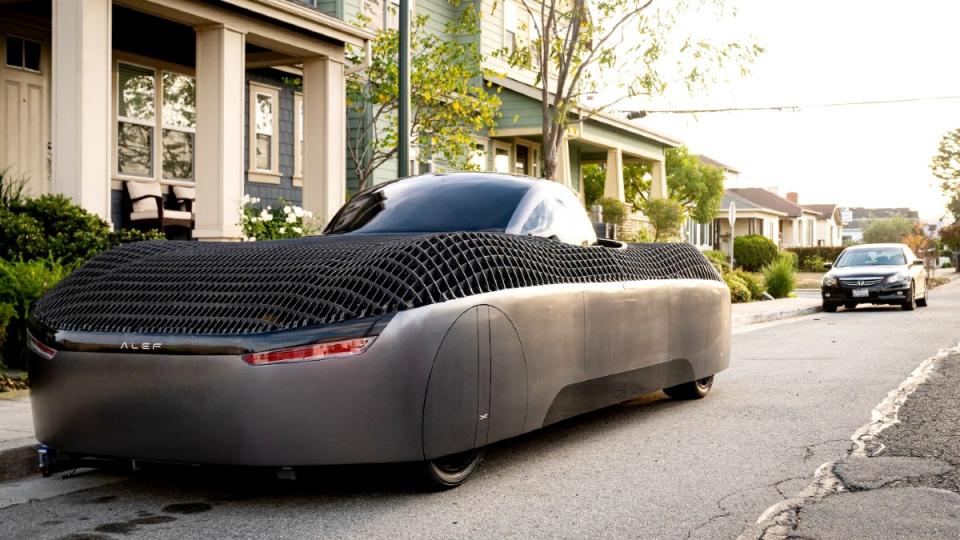
Beyond developing new technology, potentially thornier regulations issues are facing the flying-car sector. Many point to significant hurdles in meeting new regulations, and in some cases helping to create them, so flying cars can operate in both eco-systems. “The challenging part is that the infrastructures, like most of our natural barriers, are blocking the most efficient routes,” says Pal-V’s Joris Walters, which has been developing the three-wheeled car and gyroplane, Pal-V Liberty, since 2008.
The latest version has an 817-mile range on the road, and a single-leg flight distance of up to 310 miles. It’s powered by a rear propeller and uses a non-powered rotor. It can take off in about 590 feet from private land or grass strips. The gas-powered Sport version is expected to cost about $322,000.
In March, the Dutch firm announced the sale of 100 units to Dubai-based Aviterra, based on its approaching European Union Aviation Safety Agency (EASA) certification. When Pal-V obtains EASA certification, possibly next year, that could mean rubber-stamp certification by the FAA and 80 percent of the world’s aviation authorities. The company expects to enter the commercial market in 2026.
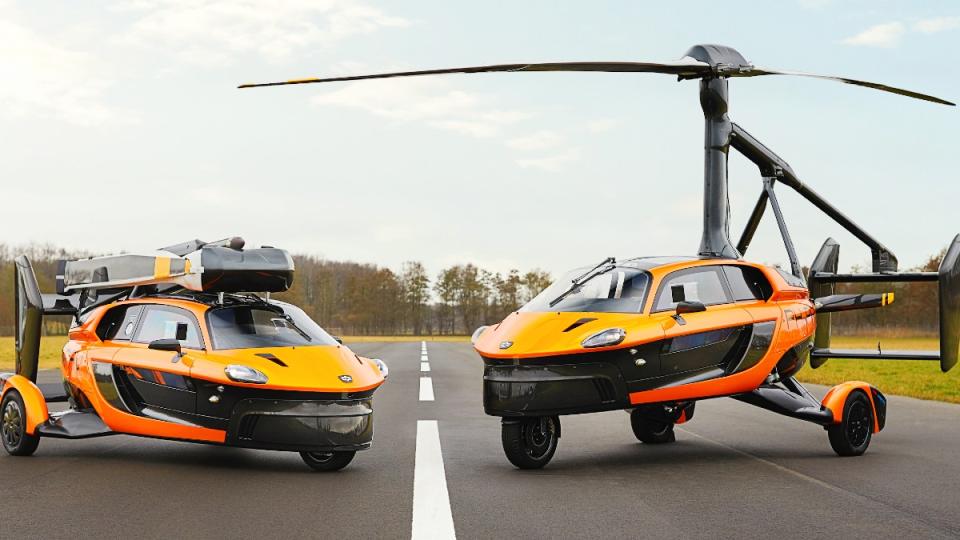
“Getting a flying car to the market is hard. It takes at least 10 years,” said Robert Dingemanse, PAL-V’s CEO, after EASA finalized the requirements for the Liberty in 2021. Nearly 10 years earlier, EASA had presented a list of 1,500 preliminary requirements for the new aircraft, which were then followed by years of flight and road tests.
Klein Vision and PAL-V are out in front of flying-car competitors such as Samson Sky, which recently completed its first flight tests, as well as roadable vertical takeoff and landing (VTOL) craft from ASKA, Xpeng AEROHT, Doroni, and Alef Aeronautics, which are all in different stages of development. The cautionary tale among them is Aeromobil, the Slovakian startup that shuttered in 2023 after 12 years, three flying prototypes, 14 patents and investment of about $27 million. The company told Robb Report it was unable to find new investors, so was forced to shut down.
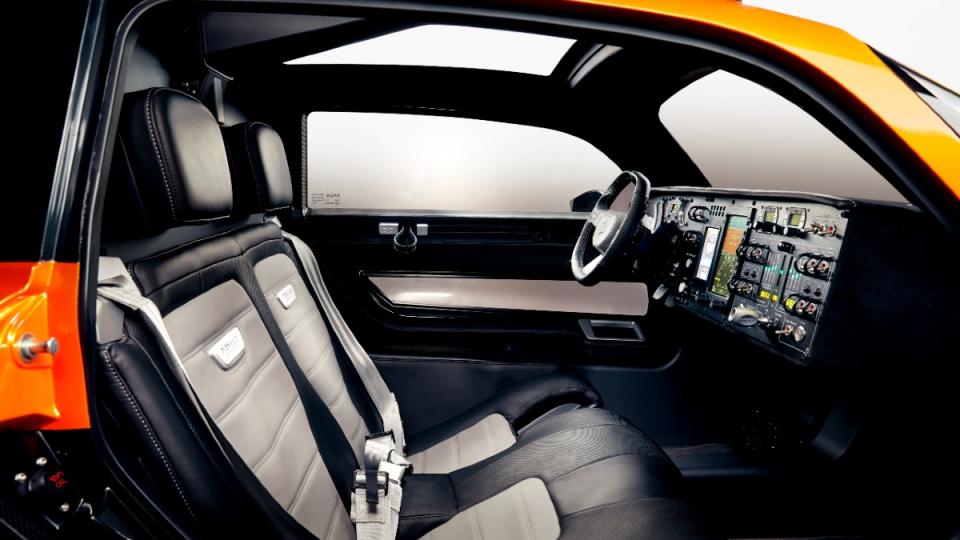
Some leading aviation analysts remain skeptical that the flying-car sector will ever really take off. “For their prices, you can’t offer those kinds of mixed designs,” says Richard Aboulafia, managing director of AeroDynamic Advisory in Washington, D.C. “Owners want either a great car or a great aircraft, not something that falls in between.”
Beyond regulatory challenges, Aboulafia says the requirement of both pilot’s and driver’s licenses could be another impediment for potential buyers, as well as having to file flight plans whenever the aircraft goes into flight mode.
The implosion of AeroMobil and apparent shutdown of another startup, Terrafugia, which moved from the US to China and has since gone dark, hasn’t stopped the most recent start-ups from making incremental gains. “There’s going to be 1,000 steps needed to get there,” says Jim Dukhovny, cofounder of Silicon Valley-based Alef Aeronautics.
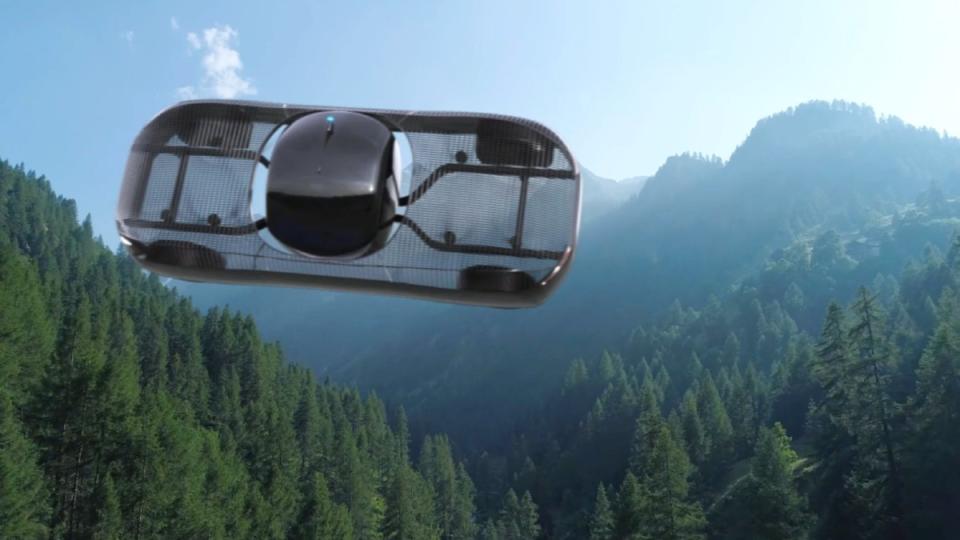
Alef is attempting to turn its Model A eVTOL concept into a full-scale flying prototype: “We needed something that was an actual car that looks like a car, drives like a car, parks like a car and uses parking infrastructure—with vertical takeoff.” With a pre-production price of about $300,000, the Model A is the most futuristic-looking of the group, as its car body rotates and turns into an aircraft. Design plans call for a range of 200 miles on the road and 110 miles in the air.
The non-existence of existing air-space regulations will most likely force the segment into uncrowded areas, at least initially. “A lot of people actually live outside the city, which I think would be one of the first use cases in more of a rural environment,” says Dukhovny. Alef can do test flights in a tightly controlled, geo-fenced area around Silicon Valley without entering San Francisco airspace.
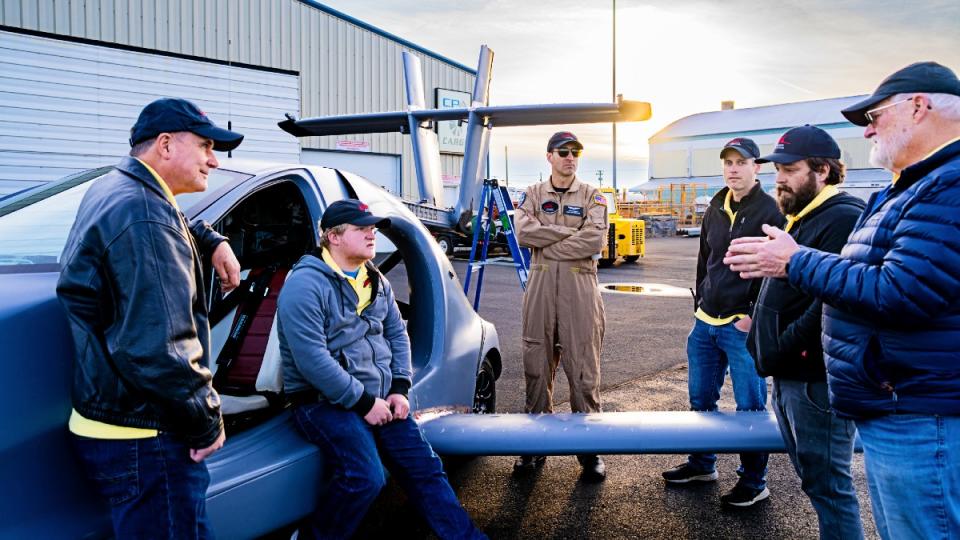
The Samson Sky Switchblade, a two-seat, three-wheeled flying car, made its first flight last November. The plan is to work with existing motorcycle rules rather than automotive regulations, says CEO Sam Bousfield. “Three wheels was the correct choice for a flying-driving vehicle because it puts it in the motorcycle class,” he says. “Car regulations are like a foot tall, whereas motorcycles regulations are an inch thick.”
Meeting both sets of regs has been challenging for all the manufacturers. Not only do systems like fuel tanks, wheels, and engines have to be certified by both aviation and highway authorities, but the firms also need to certify their suppliers under EASA and FAA guidelines.
Calling the Switchblade’s engine a hybrid system, Bousfield notes that it will run on standard unleaded fuel. It has a top road speed of 125 mph, with air-cruising speeds of about 160 mph, and maximum range of 500 miles. It takes three minutes to deploy its wings to flight mode. A completed Switchblade could run between $170,000 and $195,000.
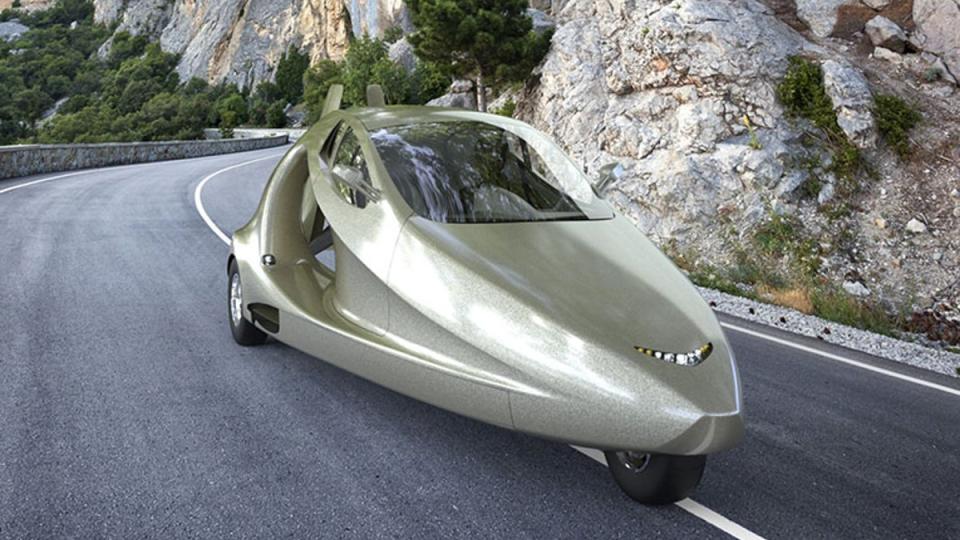
Samson is currently raising money to build three production prototypes. The Switchblade will fall under the FAA’s experimental aircraft category, which requires owners to build 51 percent of the flying car. Bousfield says the company will have an assistance program to help owners.
Even though Samson and most of the others offer pre-production sales, don’t expect to be flying a Switchblade for several years. “It’s going to take us at least 18 months, or even closer to 20 months, to get through the three production prototypes,” says Bousfield, who has started a crowdfund to pay for the prototypes.
Flying cars won’t become mainstream before 2050, if at all, says Aboulafia, until automated aircraft are the norm. Autonomy could eliminate the need for a pilot (and the flight training that goes with it), while reducing the possibility of pilot error.
But both Klein Vision and Pal-V say certification will happen in the next year, with production following soon after. Whether they end up flying the same route as Molt Taylor’s Aerocar, a flying car that worked but never really got anywhere, remains to be seen. This time, at least, the flying car makers have similar goals to eVTOL manufacturers determined to push through new regulations for air traffic. It’s just a question of whether their flight paths align.
Best of Robb Report
Sign up for Robb Report's Newsletter. For the latest news, follow us on Facebook, Twitter, and Instagram.


